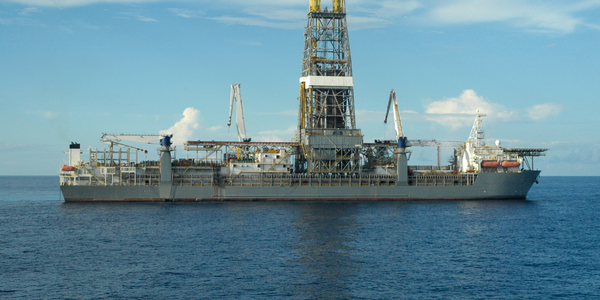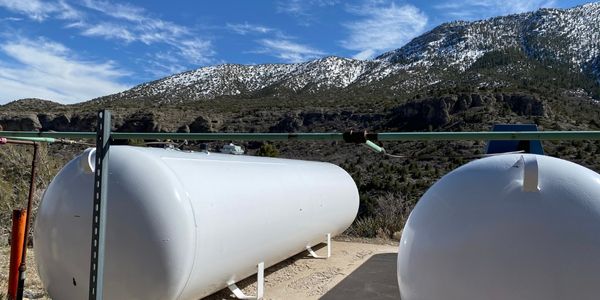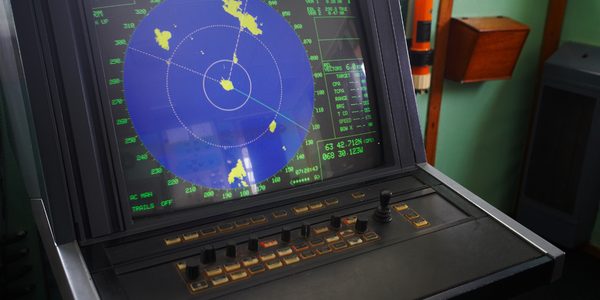Customer Company Size
Large Corporate
Region
- Europe
Country
- France
Product
- Versant Object Database
Tech Stack
- UsiXML
- XML
- JAVA
- C++
- Python
- Smalltalk
Implementation Scale
- Enterprise-wide Deployment
Impact Metrics
- Productivity Improvements
- Innovation Output
Technology Category
- Application Infrastructure & Middleware - Database Management & Storage
- Application Infrastructure & Middleware - Middleware, SDKs & Libraries
Applicable Industries
- Marine & Shipping
- National Security & Defense
Applicable Functions
- Product Research & Development
- Quality Assurance
Use Cases
- Process Control & Optimization
- Computer Vision
Services
- Software Design & Engineering Services
- System Integration
About The Customer
Telecom Bretagne is one of the most prestigious graduate engineering schools in France under the aegis of the Ministry for Industry. It is responsible for developing a French validator and demonstrator system for the UsiXML project relying on the European Maritime Surveillance Framework. Every day tens of thousands of activities take place at sea in Europe, and every day these activities must be monitored to ensure safety. The European Maritime Surveillance Framework has to integrate various autonomous surveillance applications, tactile surfaces, and sensor systems – including maritime search and rescue, traffic monitoring, fishing inspections, or maritime border surveillance.
The Challenge
Telecom Bretagne, a prestigious graduate engineering school in France, was tasked with developing a French validator and demonstrator system for the UsiXML project, which is based on the European Maritime Surveillance project. The challenge was to develop a database technology that could provide both the objects of the simulation and the operational information captured during the experimental or effective mission. The system needed to integrate various autonomous surveillance applications, tactile surfaces, and sensor systems, including maritime search and rescue, traffic monitoring, fishing inspections, and maritime border surveillance.
The Solution
The solution was the Versant Object Database, which provides fast navigational access and high performance when storing and retrieving complex simulation data. The database technology provides numerous language APIs, and object-oriented applications, whether written in Smalltalk, Python, JAVA, and C++, can share a common set of structured objects. The simulation environment was built around the Versant Object Database, which is used to provide both the objects of the simulation and the operational information captured during the experimental or effective mission. The UsiXML partners developed a new XML-compliant User Interface Description Language (UIDL) on top of the existing UsiXML and IDEAL 2.0 standards.
Operational Impact

Case Study missing?
Start adding your own!
Register with your work email and create a new case study profile for your business.
Related Case Studies.

Case Study
Drill ship power challenge: hybrid solution solves distribution issues
Aspin Kemp & Associates (AKA), a manufacturer of electrical power and control systems headquartered in Montague, PEI, encountered one with its hybrid power initiative, the first hybrid drill floor destined for installation on ultra-deepwater drill ships operated by Transocean, Swiss offshore drilling contractors. Since on-site modification was impossible and scrap recycling of any modifications was unacceptable, the enclosures had to arrive ready-to-install.

Case Study
Data Capture for Afghanistan Forces
Electronic equipments on the field of Afghanistan provided information on the status of the vehicle and to identify potential threats surrounding it to the British Force. The monitoring and interpretation of this data requires robust and sophisticated digitization for data capture and communication.

Case Study
Ensures Tanker Safety and Emissions Compliance
Storage tanks are irregular in shape and a certain amount of mathematical modelling is required to get an accurate representation of volume and, more importantly, the weight of material in each tank. In addition, countries have different emission regulations, so the ships position needed to be accurately known in order to geotag emission data.

Case Study
Real-time Networked Sonar System for Ships
A multinational, knowledge-based corporation that delivers marine electronics solutions is utilizing industrial Ethernet technology to help ensure that operations at sea are dependable and optimal. Based in Europe, the company has nearly 4000 employees working in 20 countries around the world, and produces high-tech systems for offshore oil and gas operations, merchant marine systems, and various applications for the defense and aerospace industries. The company produces products and systems used by merchant vessels and offshore installations for positioning, navigation, automation, as well as for surveying and monitoring the seabed, and for fishing vessels and fi sheries research. As one of the major suppliers of high quality marine electronics in the world, their products include chart plotters for yachts, triple redundant dynamic positioning systems for oil drilling rigs, and sonar and instrument systems for scientifi c research vessels. Products used for marine applications must be rugged enough to endure the corrosive effects of salt water, and be able to withstand excessive amounts of vibration and shock. For this reason, the company only uses DNV and GL certified products and components to ensure that their systems can meet the high standards required by the maritime industry.
Case Study
Enhancing Security and Compliance in Remitly's Global Money Transfer Service with Fastly
Remitly, an online remittance service, was faced with the challenge of securing its proprietary global transfer network. The company needed a security solution that could meet PCI requirements and protect customers' sensitive transactions through its mobile application. The solution had to be capable of defending against new and emerging attack types without impacting performance. Remitly also had to deal with irregular traffic patterns, such as a sudden spike in account transfers from a small network segment on the Pacific coastline of South America. The company needed to determine in real time whether such traffic indicated an attack or valid requests. A traditional web application firewall (WAF) would not be able to distinguish this traffic, potentially leading to customer frustration if the IP was blacklisted.

Case Study
Fleet Management Connectivity Solution for Marzam
Marzam, in order to ensure the best service, invested 3 million dollars in the construction of 2 fuel oil tanks with 40k gallons and 10k gallons capacity each, located in Manta, Ecuador. The customer needs to keep fleet operations going with fuel available at all times in order to guarantee quality of service. KEY ELEMENTS FOR THE CUSTOMER: Real-time level monitoring: Tank infrastructure remote level monitoring. Configure alerts and notifications when reaching critical values to avoid the need for emergency refills and optimize supply schedules. Real-time consumption monitoring: The customer needed an easy way to monitor in real-time accurate values of consumption.







